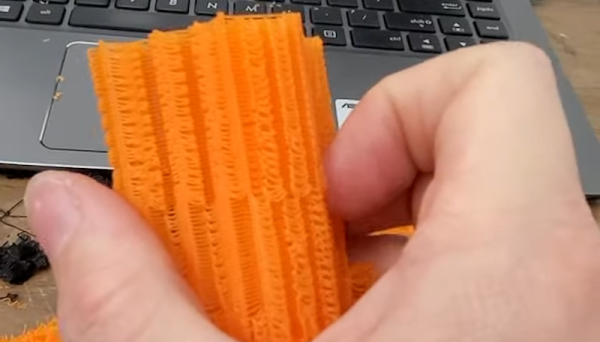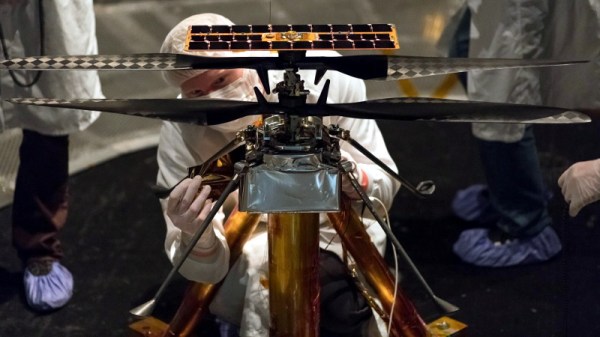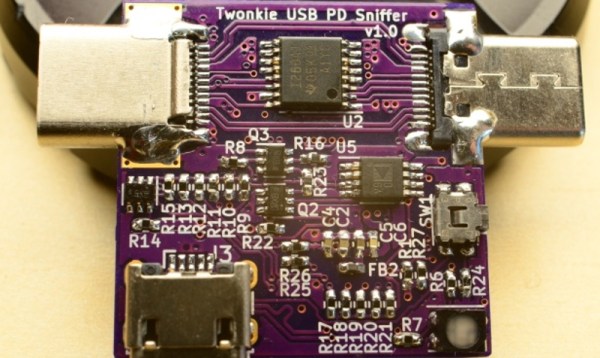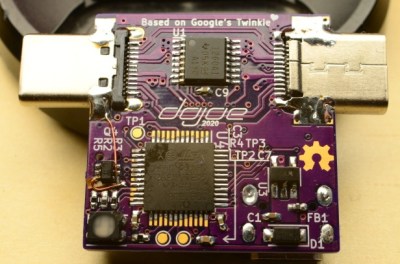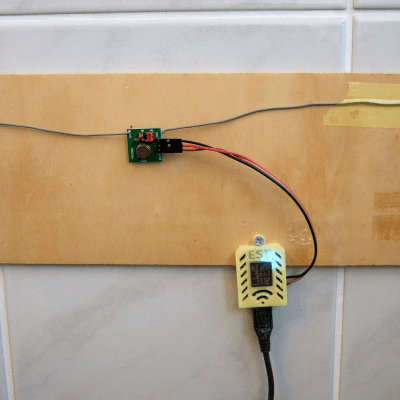While ramen support might sound like a help desk for soup, it is actually a technique [GeoDroidJohn] uses to get easy-to-remove support structures on 3D prints. We saw the video below and we have to admit that it did remind us of a brick of uncooked ramen noodles.
We had to dig a little further to find out how he did it. We finally found a Reddit post that gives the recipe for Simplify 3D:
- Nozzle diameter/2= layer height
- Support material every other layer, 15% crossing at -45, and 45
- 5 dense layers at 90% 0 gap layers top or bottom.
We have to admit, we try to avoid support where we can, and where we can’t we just pick one of the stock Cura settings. It wasn’t entirely clear how — or even if — you could replicate this in slicers other than Simplify 3D. The layer height, of course, is a given. We think 15% support density with [-45, 45] in the “line directions” box might get partially there. Maybe someone who is an expert in Simplify and some other slicers can help translate.
In any event, it did make us think about experimenting with different support structures. We’ve played with Cura’s tree supports before this and liked them. So maybe the defaults aren’t always the best.
We’d like to have time to try more of what we read about supports. You can also fit your printer with a marker if you want to try that.
Continue reading “It’s Noodles All The Way Down: Ramen Comes To 3D Printer Support”

